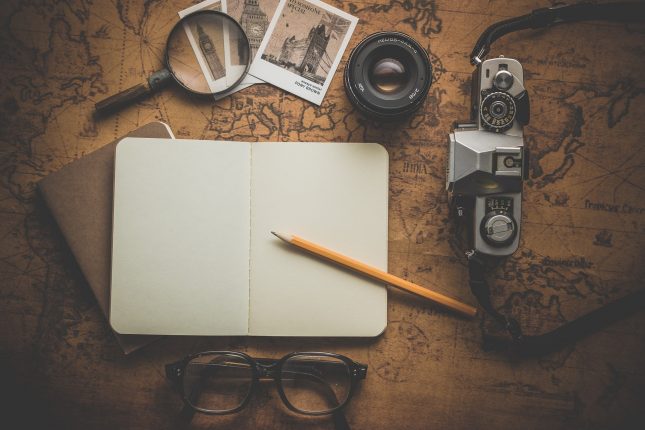
Most grant applications will ask you about your organisation, its purpose or aims, or the readiness of your organisation to undertake the project. Here are some example responses from applications to the History Trust, shared with kind permission of the applicants.
Response to the question ‘How does this project support the work, purposes and aspirations of your organisation?
(from an application for doing digital storytelling with collection items)
The Strategic Plan states that we are to ‘examine the current collection and re-arrange displays within the buildings to tell ‘stories’ of life in the community, and considering what would attract different demographics, eg children’. By developing stories around the more interesting of our artefacts, and having appropriately illustrated stories readily available to visitors in a digital format we feel that we would take the first steps in achieving this goal of making our Museum more appealing to a new, and a younger, demographic. A further goal in our Strategic Plan was to ‘Explore alternative methods of telling the stories – eg audio / apps /podcasts’, and this new technology will be one of the first steps, along with the podcasting we are doing, to achieving this goal as well.
Responses to the question ‘What skills and experience does your organisation have to undertake this project?’
(from an application for creating a new museum display)
We are the recipients of several previous government grants for exhibits. We have always satisfied all requirements of these donors, including creation of quality exhibits and professional financial management and reporting. Our experience in creating, designing and maintaining exhibits is sound. We have created several large similar exhibits in the past decades with the same cohort of volunteers so we are confident that we can manage this project. We have in house management, practical, financial and administrative skills which have proven successful and efficient in implementing other more major new exhibits as well as practical skills available to install the completed panels. The volunteers who will carry out the required functions have been individually identified and have agreed to contribute. The graphics artist involved has done previous high quality similar exhibit work for us and is available for this project. The wall panels will be printed and mounted by a specialist who has done this work for us previously.
(from an application for doing digital storytelling with collection items)
Some members have done the Audacity workshop with Oral History SA/NT to learn how to illustrate oral histories to bring them to life. We have also had a volunteer do Oral History SA/NT workshop which is an excellent introduction to oral history and will help us keep the stories interesting and appropriate. As a Branch, we are working with staff from the National Trust on a podcasting project, and we have been learning how to craft stories and to record and share stories for different audiences. We have a volunteer with the necessary IT experience to ensure that we are able to deal with any technical problems that may arise, and we have had an offer of help from a local man who is an expert in photography and working with older photographs.
Responses to the question ‘How will you undertake your project and ensure a great result?’
(from an application for a research and digital stories project)
The SA Maritime Museum is a partner on the broader Centenary project and the Senior Curator has advised on the rationale, scope and application of an oral history program connected with the memorial. The WMC committee comprises individuals with backgrounds in academic research and project development. They meticulously document all research and convene regularly. The committee has identified descendants for 50 of the memorial’s names and connected with many of them in person. It has developed databases recording names, addresses, stories, objects and photographs. The WMC committee does not have the resources or expertise to film interviews with descendants. It has contacted a former ABC journalist with a wealth of interview experience to quote on recording, editing, and transforming these interviews. She has state of the art recording equipment and editing suites, and is familiar with the ethics and permissions involved in recording and sharing interviews. The committee will provide her with background information for each interviewee, a brief on what it wants to capture, content to supplement digital stories, and will disseminate the final digital stories on various platforms and websites.
(from an application to produce cultural learning materials)
Continue to collect, collate and document historic cultural information from a range of sources including Elders, community, historic records, anthropologists and archaeologists. Survey organisations and individuals who have expressed interest, and other potential users, of what it is that would best meet their needs to acquire historic cultural information for their various uses. Design information provision in a format most appropriate for users. Consult with Elders regarding accuracy and appropriateness of information included and then with end users to ensure it meets their needs. Promote availability via targeted contact, social media, website, local newspaper and community newsletters to ensure that potential users are aware. The project will continue to evolve beyond initial funding, adding information as it is discovered and broadening the kit to include new aspects.

